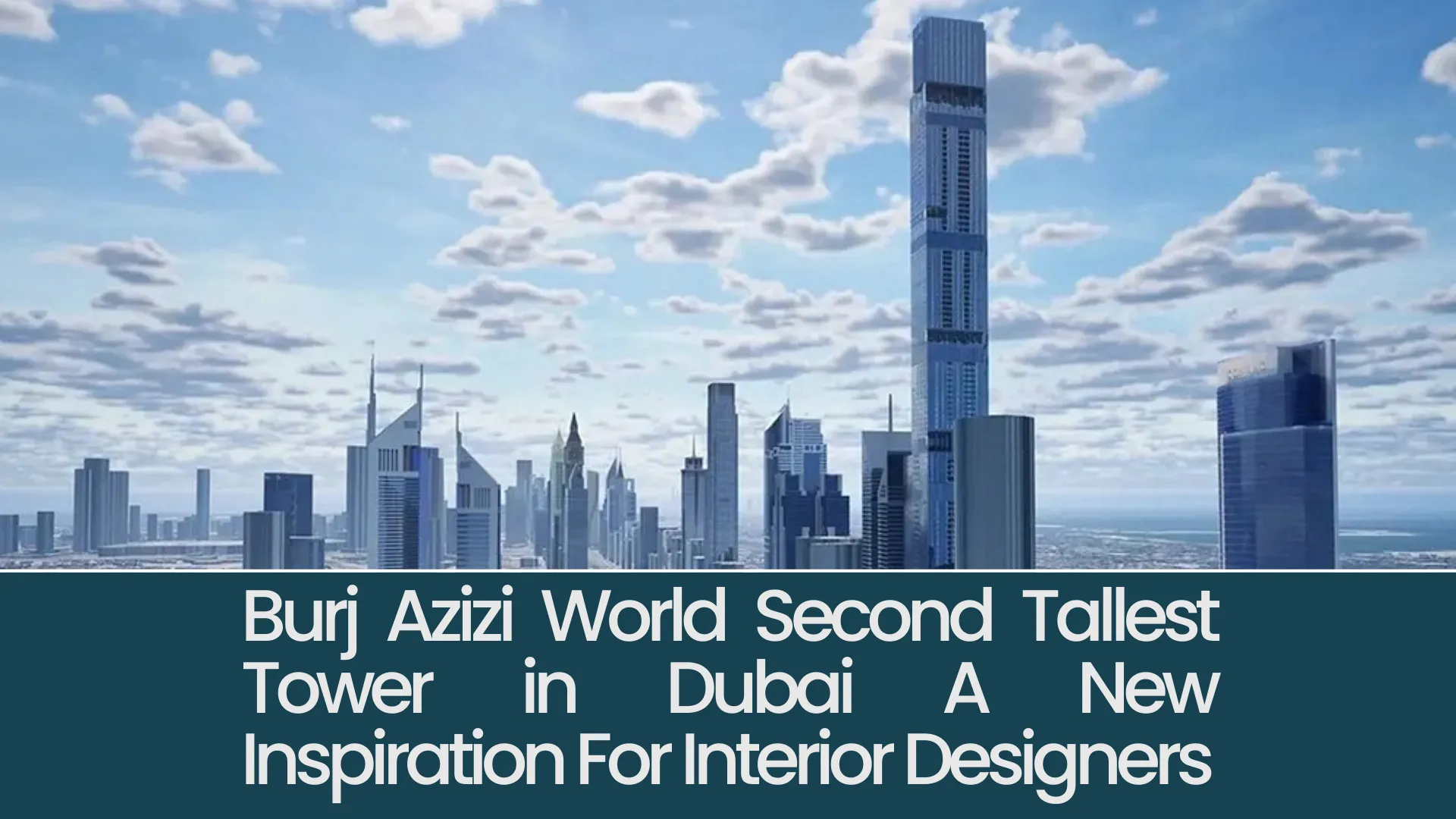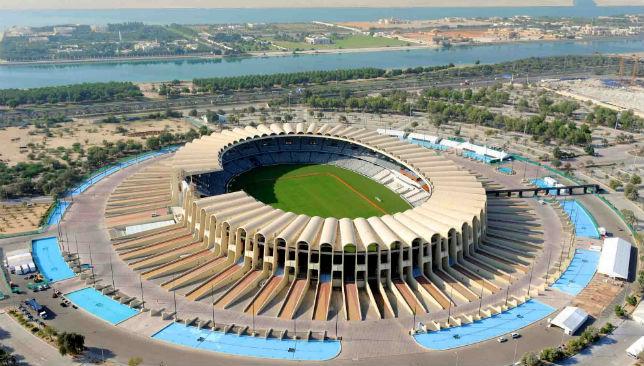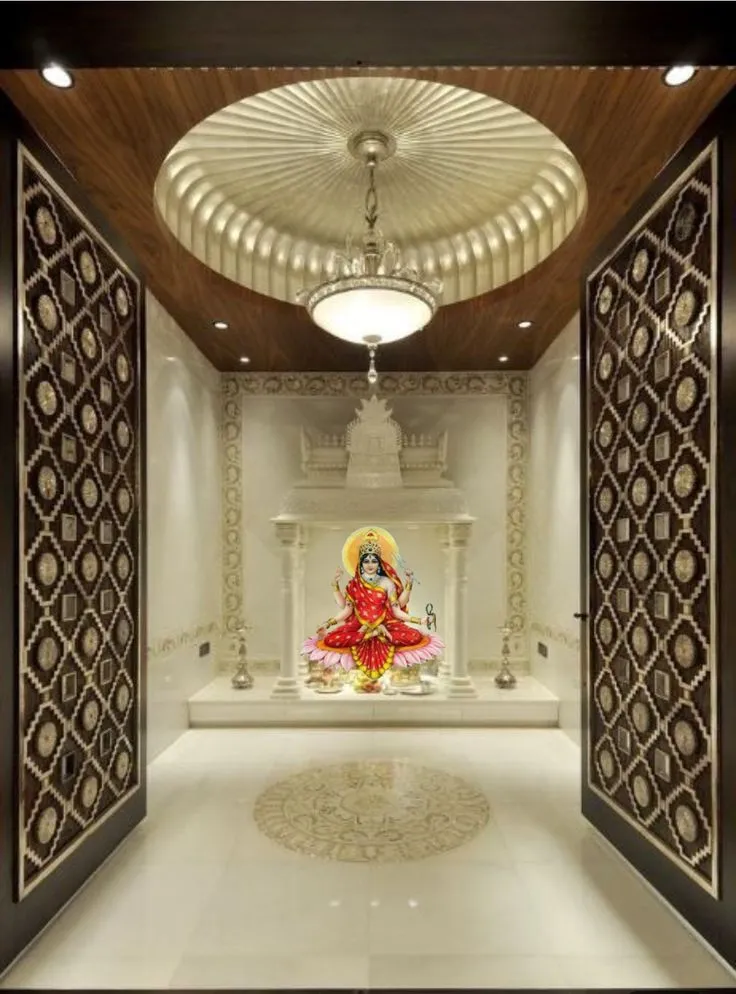Dubai is no stranger to architectural marvels, and the Burj Azizi World Second Tallest Tower in Dubai set to be its next groundbreaking achievement. Towering at 725 meters, this iconic skyscraper will soon become the world’s second-tallest tower, following in the footsteps of its record-breaking sibling, the Burj Khalifa. But beyond its impressive height and stature, Burj Azizi offers a wealth of inspiration for interior designers looking to push the boundaries of luxury, innovation, and design.
The Rise of Burj Azizi: A Monument of Modern Design
Scheduled for completion in 2028, Burj Azizi will dominate Dubai’s skyline along the bustling Sheikh Zayed Road in the World Trade Center district. Developed by Azizi Developments, this architectural masterpiece is more than just a tall building; it’s a tribute to Dubai’s relentless ambition and vision for the future. The tower’s design is a blend of modern engineering and cultural homage, with interiors that celebrate the world’s seven major cultures. For interior designers, Burj Azizi represents a treasure trove of ideas and concepts that can be adapted and reimagined for various projects.
Cultural Fusion: A New Source of Inspiration
One of the most striking aspects of Burj Azizi is its commitment to celebrating global cultures within its interior spaces. Each of the tower’s interior zones is designed to reflect a different cultural influence, creating a rich tapestry of design elements that blend tradition with modern luxury. This multicultural approach offers interior designers a fresh perspective on how to incorporate global influences into their work.
For instance, the use of traditional motifs and materials from different cultures can be combined with contemporary design principles to create spaces that are both timeless and cutting-edge. Designers can draw inspiration from the way Burj Azizi seamlessly integrates these diverse elements, offering a cohesive and luxurious experience for its residents and visitors.
Luxurious Details and Opulent Finishes
Luxury is at the heart of Burj Azizi’s design ethos, and this is evident in the tower’s meticulous attention to detail and the use of high-end finishes. From the world’s highest hotel room on the 118th floor to the opulent seven-star, all-suite hotel, every aspect of the tower’s interior exudes sophistication and elegance. The choice of materials, including marble, gold accents, and bespoke furnishings, sets a new standard for what luxury living can be.
Interior designers can take a cue from Burj Azizi’s approach by focusing on the quality and craftsmanship of materials used in their projects. High-end finishes not only enhance the aesthetic appeal of a space but also add a layer of durability and timelessness. By carefully selecting materials that exude luxury, designers can create environments that resonate with opulence and sophistication, much like the interiors of Burj Azizi.
Maximizing Views: The Power of Expansive Spaces
One of the key features of Burj Azizi is its emphasis on offering stunning views of the Dubai skyline and the Arabian Gulf. The tower’s floor-to-ceiling windows and expansive living spaces are designed to maximize these views, allowing residents to feel connected to the vibrant cityscape below. This design philosophy can serve as a powerful source of inspiration for interior designers, particularly when working on high-rise projects or properties with scenic surroundings.
To create spaces that fully embrace their external environment, designers can focus on maximizing natural light and optimizing the layout to ensure that the best views are unobstructed. This can be achieved through the use of large windows, open-plan living areas, and strategically placed furniture. By prioritizing views and natural light, designers can enhance the sense of space and create a more inviting and harmonious environment.
Innovative Use of Space: Lessons from Burj Azizi
Burj Azizi’s layout is a testament to innovative space utilization, with its mix of residential, commercial, and leisure spaces all housed within the same towering structure. The tower’s vertical retail center, which spans seven floors, is a prime example of how designers can rethink traditional layouts to create multifunctional spaces that cater to various needs.
Interior designers can draw inspiration from Burj Azizi’s innovative approach by exploring ways to make the most of available space in their projects. This could involve creating multifunctional rooms that serve multiple purposes, such as combining living and dining areas or incorporating flexible workspaces into residential designs. By thinking creatively about space utilization, designers can offer clients more value and functionality, even in projects with limited square footage.
Vertical Living: Redefining Urban Spaces
As one of the tallest residential buildings in the world, Burj Azizi redefines what it means to live vertically. The tower’s luxurious residences, which include penthouses, apartments, and holiday homes, are designed to offer a sanctuary in the sky. This concept of vertical living presents a new frontier for interior designers, particularly in urban environments where space is at a premium.
Designers working on high-rise residential projects can take cues from Burj Azizi’s emphasis on luxury, convenience, and functionality. This could involve designing interiors that maximize space efficiency while still providing the comfort and amenities of a traditional home. Additionally, the concept of vertical living can be extended to include communal spaces that promote a sense of community among residents, such as shared lounges, rooftop gardens, and wellness centers.
Luxury as an Experience: Crafting Immersive Environments
Burj Azizi is more than just a building; it’s an experience. From the world’s highest nightclub on the 126th floor to the highest observation deck on the 130th floor, the tower offers a range of unique and immersive experiences that are designed to leave a lasting impression. This focus on creating memorable experiences is something that interior designers can incorporate into their own work.
By designing spaces that engage the senses and evoke emotion, designers can create environments that go beyond aesthetics. This could involve the use of innovative lighting, tactile materials, and carefully curated artwork to create a space that feels both luxurious and inviting. The goal is to craft spaces that not only look beautiful but also provide a sense of comfort, relaxation, and inspiration for those who inhabit them.
Conclusion: Embracing the Future of Interior Design
As Burj Azizi rises to claim its place among the world’s tallest structures, it also sets a new benchmark for interior design. The tower’s blend of cultural influences, luxurious finishes, innovative use of space, and emphasis on creating immersive experiences offers a wealth of inspiration for designers looking to elevate their work. By embracing the principles embodied in Burj Azizi, interior designers can push the boundaries of what’s possible, creating spaces that are not only visually stunning but also deeply functional and emotionally resonant.



